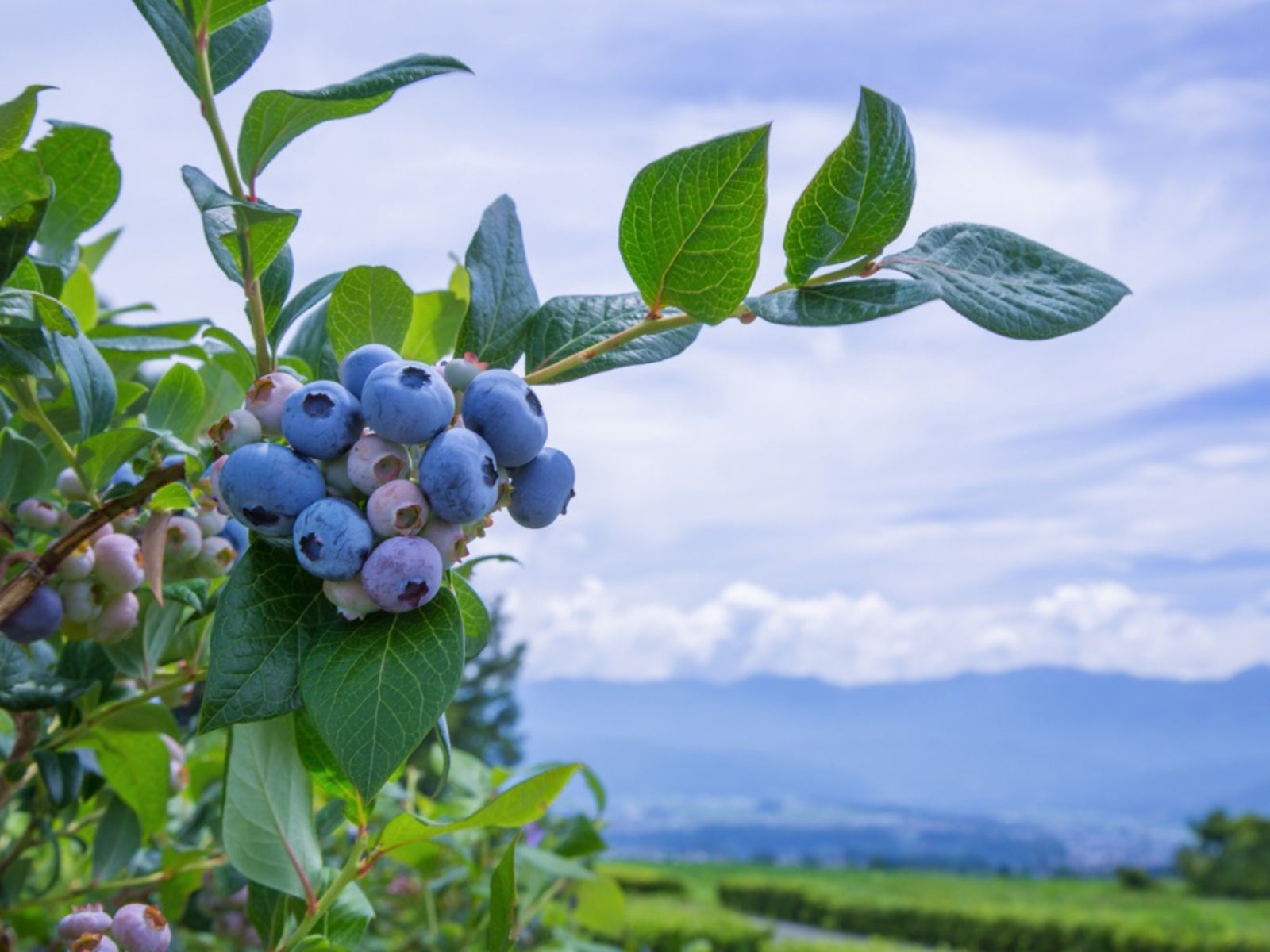Hybrid Half High Blueberry – Growing Half High Blueberry Plants


Do you long for fresh homegrown blueberries for pancakes, muffins and pies? Blueberries are not difficult to grow, providing you choose the correct type for your hardiness zone. For colder climates, half-high blueberry bushes are often recommended. But what is a half-high blueberry?
What is a Half-High Blueberry
Half-high blueberry plants are a cross between the big-berry producing highbush varieties and the cold-tolerant wild lowbush species. Hardy in USDA zones 3-5, half-high blueberry bushes are less likely to suffer from winter damage than highbush plants. In zone 3, where highbush plants won't survive, cultivating half-high blueberry varieties gives growers an alternative to the small wild berries of the lowbush species.
As the name suggests, the hybrid half-high blueberry matures at an intermediate height of 2 to 4 feet (.6 to 1.2 m.). The compact size makes half-high blueberry bushes easy to maintain and keeps the fruit within reach for easy harvesting.
Half-high blueberry plants require the same care and cultivation as other types of blueberries. They need an acidic soil with an optimal pH of 4.5 to 5. Plant blueberries in a well-drained site or use raised beds to prevent soggy conditions. Avoid hoeing, as hybrid half-high blueberry roots are shallow and near the soil surface. Instead, mulch to prevent weeds and retain moisture during dry spells.
Half-High Blueberry Varieties
When choosing half-high blueberry varieties, consider characteristics such as harvest time, projected yields, and fruit quality. Like other species of blueberries, many half-high blueberry bushes are self-pollinating but will produce larger yields when cross-pollinated with varieties which have overlapping bloom times.
Consider these popular half-high blueberry varieties:
- Chippewa: Mid-season variety. Produces moderate yields of medium to large flavorful blueberries.
- Northblue: Early to mid-season variety. Produces low to moderate yields of large, dark blue berries. Mummyberry resistant.
- Northcountry: Early mid-season variety. Produces low yields of small, exceptionally sweet blueberries. Northcountry berries are less firm than other varieties.
- Northland: Early mid-season variety. Produces high yields of medium to large blueberries.
- Northland berries have a mild flavor and soft texture. Susceptible to mummyberry.
- Northsky: Mid-season variety. Produces low yields of medium-sized, sweet berries with a mild flavor. Excellent for processing. Mummyberry resistant.
- Polaris: Early season variety. Produces medium-large, firm blueberries with excellent flavor. Moderate yields. Well-suited for container growing.
- St. Cloud: Early season variety with moderate yields. Produces medium-sized, dark blue berries with a sweet flavor. St. Cloud blueberries have a firm texture and stores well.
Sign up for the Gardening Know How newsletter today and receive a free copy of our e-book "How to Grow Delicious Tomatoes".

Laura Miller has been gardening all her life. Holding a degree in Biology, Nutrition, and Agriculture, Laura's area of expertise is vegetables, herbs, and all things edible. She lives in Ohio.